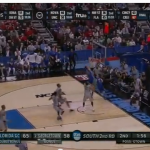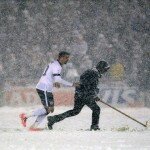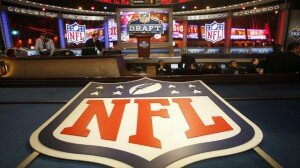
David Richard-USA TODAY Sports
Few outside of Washington, D.C. knew who Washington Redskins’ linebacker Rob Jackson (above, sacking Cleveland Browns’ quarterback Brandon Weeden) was before the start of the 2012 NFL season. He was primarily a special teams player who became the Redskins’ starting outside linebacker when regular starter Brian Orakpo went down with a season ending triceps injury. Jackson started 14 games, recording 4.5 sacks and four interceptions in 2012.
Jackson made the most of his opportunity, and has made a strong enough case to justify becoming Washington’s new starting outside linebacker. He was a key component of a Redskins’ defense that improved late in the season. Three of Jackson’s four interceptions led to offensive touchdowns on Washington’s ensuing drives. His other interception was officially ruled a zero yard interception return when Jackson intercepted a pass thrown by the Cincinnati Bengals’ Andy Dalton while establishing position in the end zone.
Jackson’s biggest interception of the season came in the season finale against the Dallas Cowboys. He intercepted Cowboys’ quarterback Tony Romo late in the game while Dallas was driving for at least a game tying field goal. Redskins’ running back Alfred Morris scored on the ensuing drive, ensuring the victory for Washington.
If Orakpo returns, he will reclaim his starting position. The Redskins should consider moving linebacker Ryan Kerrigan to a down defensive end position, while inserting Jackson into Kerrigan’s spot. Kerrigan led Washington with 8.5 sacks, thus proving his efficiency as a pass rusher. He also has a knack for big plays, evidenced by his 28 yard interception return for a touchdown against the Atlanta Falcons in 2012.
It remains to be seen if moving Kerrigan to the defensive line and inserting Jackson into the starting lineup provides defensive efficiency for Washington. Nevertheless, the Redskins finished 28th in total yards allowed in 2012; therefore, head coach Mike Shanahan and defensive coordinator Jim Haslett can afford to experiment. Experimentation worked for Washington’s offense in 2012; let’s see if experimentation on defense will work in 2013.




















